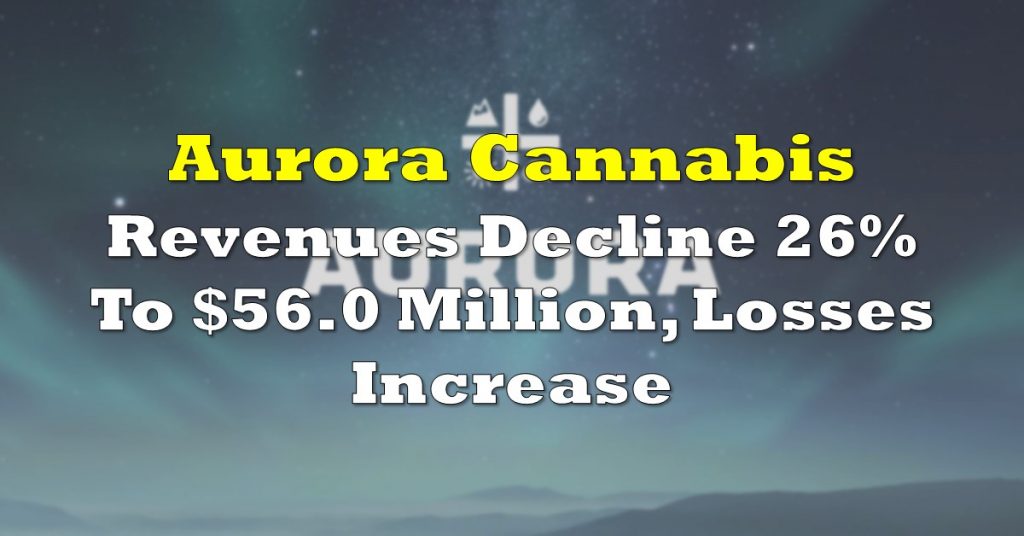“I just read it, right? Why do I need a guide?” – You, likely, after seeing the title of this article.
One of the caveats to being a publicly traded company is the legal obligation to disclose material information about your company in a timely manner. Whether that news is good or bad, such as the closing of a major financing or the mass resignation of the board of directors, companies must (with limited exceptions) readily inform the investing public.
That being said, just because a company has an obligation to provide this information to you, it does not mean they will not take certain steps to downplay bad news like someone strategically cropping their Tinder pic.
Spelling it Out
Press release writers know that when it comes to disclosing material information, numbers tend to jump off the page. Those numbers will be highlighted by journalists and analysts in their reports, as well as by retail investors on social media and private chats. Not surprisingly, many press release writers will work to downplay bad numbers. So, how do they do that?

One of the cheekier ways this is done is by literally spelling out the number. Back when the former publicly traded and now defunct cannabis company Wayland Group Corp. (formerly Maricann) was on their investor relations spending spree, a press release was put out highlighting how Wayland was “slated to become successful” and how the NASA scientist that had joined their advisory board could “trigger the next cannabis boom.” At the end of the article, there was a lengthy disclaimer mentioning that Wayland had actually paid “fifty-eight thousand three hundred thirty three US dollars” for the 1,424 word article as well as certain banner ads.
That’s right, not written as $58,333 USD – but spelled out like they were writing someone a cheque. When written out and positioned half-way through a boilerplate disclaimer, (that was actually longer than the article itself), it can become easy for the hefty amount to fade into the background and be missed by the reader. Had an investor seen that number jump off the page, they might have taken the article’s bullishness on Wayland with a huge grain of salt – and given what happened to Wayland, they would have been right to do it.
Putting Their Best Foot Forward
Companies at times will have a combination of good news and bad news to tell their investors. In this scenario, companies can be quite fond of taking a best foot forward approach by sticking the good news at the very top of the press release, perhaps even in the title, while relegating the bad news to the bottom.
An example of this occurred on September 22, 2020, when Aurora Cannabis Inc. (TSX: ACB) reported their audited results for the company’s 2020 fiscal year. At the top of the press release were bolded bullet points mentioning that the company saw “continued Adjusted EBITDA Improvement due to Strong Gross Margins” and that its debt levels were down substantially in 2020-Q4. Sounds great, right?

As it turns out, Aurora had just posted the single greatest quarterly loss, ($1.86B), and the single greatest annual loss, ($3.3B), in the history of cannabis stocks – records that still stand today. These staggering losses were primarily a result of the massive impairments that Aurora took to its goodwill/intangible assets. These assets were accumulated during the company’s M&A spending spree and were subsequently impaired when the market realities did not match Aurora’s bullishness. Aurora did in fact mention that they had incurred a $3.3B annual loss in their release, however, they left you to look for it on page 10 of 15 of the release while making no explicit mention of the figure over several pages of management commentary.
Beware Boring Titles
Finally, there are times when there is literally no good news to tell. It is just bad news all around that the company is required to let you know about. In this case, companies tend to do one thing and that is try and bore you into not reading it – and few titles do this better than one saying the company is announcing “Changes to Operations.”
“Changes to Operations” in the title of a public company press release is the equivalent of your spouse telling you “We need to talk” – rarely anything good can come after it. On March 29, 2021, cannabis operator 48North Cannabis Corp. (TSXV: NRTH) mentioned in the title of their press release that there were changes to operations. So, what were those changes? The closure of one of their cultivation facilities, the downsizing of 20% of their workforce, and the departure of the company’s Chief Growth Officer as well as their Chief Financial Officer, the latter of whom only lasted 4 weeks on the job. Other boring titles like when a company announces a “Corporate Update” should also be heavily scrutinized.
In a nutshell, the more boring and non-descript the title, the more you need to read the actual release with a fine toothcomb.
In the end, companies have an obligation to provide you with material information and investors have an obligation to keep themselves informed. As an investor, you owe it to yourself to read releases in full, with an eye for detail, and not simply rely on the title of a release that you see on your newsfeed.
Information for this commentary was found via Sedar. The author has no securities or affiliations related to this organization or any organization mentioned. Not a recommendation to buy or sell. Always do additional research and consult a professional before purchasing a security. The author holds no licenses.










One Response
excellent educational article, more please.